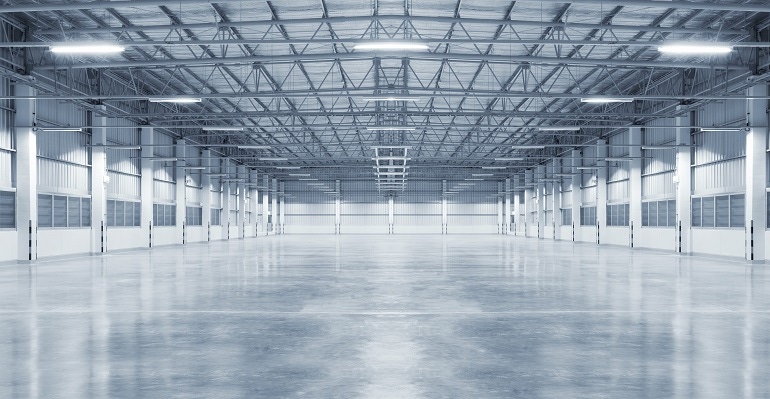New Markets and Innovations in Concrete Flatwork
Don’t miss your chance to learn what’s possible today and how to break into the expanding markets for extended joint floors, industrial concrete pavements, and large polished floors.
March 22, 2021

Here’s your opportunity to see a video interview where I talk with experts about the cutting edge in three different aspects of flatwork: extended-joint industrial slabs, heavy-duty industrial pavements, and large polished concrete floors. Each describes what’s new in their segment of the industry and how to get involved in this sector of the market.
During this session, which was a part of the WOC360 Virtual Industry Forum, Scott Tarr, Jon Hansen, and Neil Roach talked with me. Below are some excerpts from each of those conversations, but you can listen to the entire discussion by clicking here. If you haven’t yet registered for the Forum, you’ll need to do that but it only takes a minute. Hurry, though, because the Forum recordings are only available until March 31.
Extended Joint Industrial Floors with Scott Tarr, North S.Tarr Concrete Consulting: Joint fillers for industrial slabs are different than joint sealants in concrete pavements. You need a semi-rigid filler to support the joint wall. But the problem with semi-rigid joint fillers in concrete floors is that concrete dries and shrinks over 18 months to 2 years and as it is shrinking, the joints are widening, so the joint filler ends up splitting. Completely anticipated, but it means that the joint almost always needs to be refilled. There are options for getting rid of these joints completely, like shrinkage compensating concrete or post tensioned concrete but the new push we’re seeing now are the extended joint systems where there are very few saw-cut contraction joints between the construction joints. Learn more.
Industrial Concrete Pavements with Jon Hansen, National Ready-Mixed Concrete Association: Why are owners converting their asphalt pavements to concrete? The growth of this market has come about with the advent of new machinery for the placement method that made it competitive. The concrete hasn’t changed. But once we had the machinery in place, contractors are able to place 50, 60, 70, even 80 thousands square feet a day where before if we got 10 thousand square feet with a truss screed or roller screed we were lucky. So this is a huge increase in production and profitability. It was a game changer. And once we got comfortable and had the ability to pave these large projects, it caught the attention of the owners. And also the Pave Ahead team (from NRMCA) was able to bring this information to the owners and say, you know that you have a choice. Learn more!
Polishing Slabs with Riding Trowels with Neil Roach, Redimere Surface Solutions: We’re seeing a lot more concrete floors being polished today due to the increased production of power-trowel polishing and the effect on the bottom line. It’s cracked open some new markets and as the industry has matured there’s the whole repolish market. The advantage of polished floors is that the pore structure is different, it’s refined through the polishing process. Polished concrete reduces dusting of the floor, it’s more abrasion resistant which increases the life of the floor, it increases ambient lighting, and the coefficient of friction is increased as well. The advantage of using riding trowels instead of grinders is that it’s mass production but it’s a wet polishing process so we’re creating a lot of slurry which has to be handled properly. Learn more!
You May Also Like


